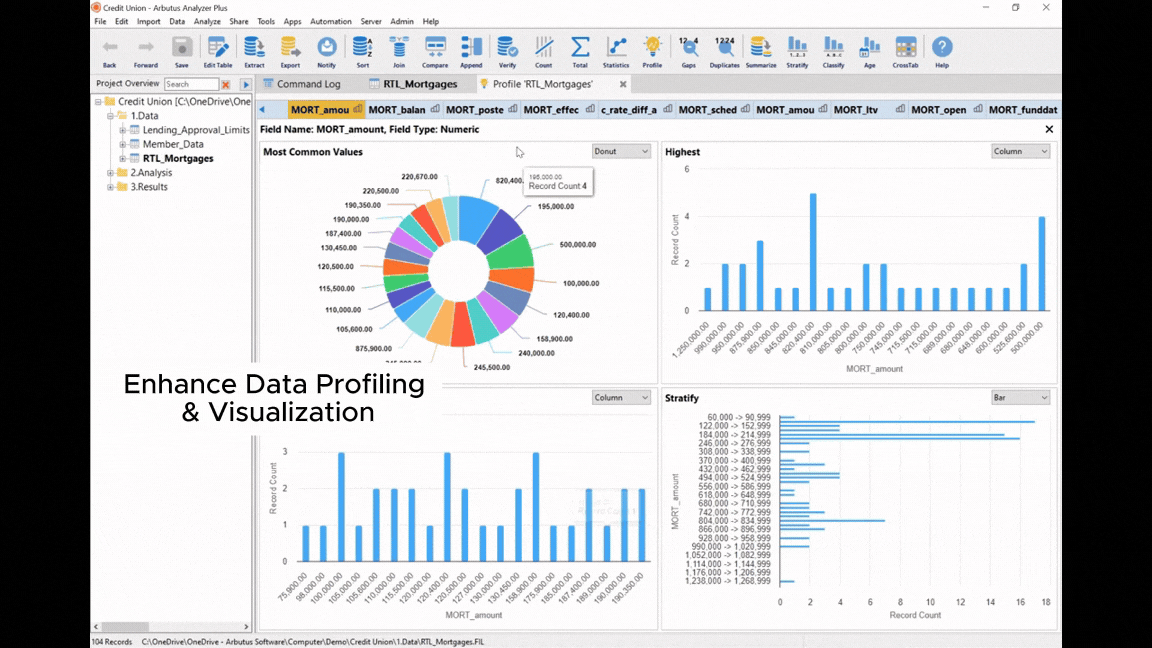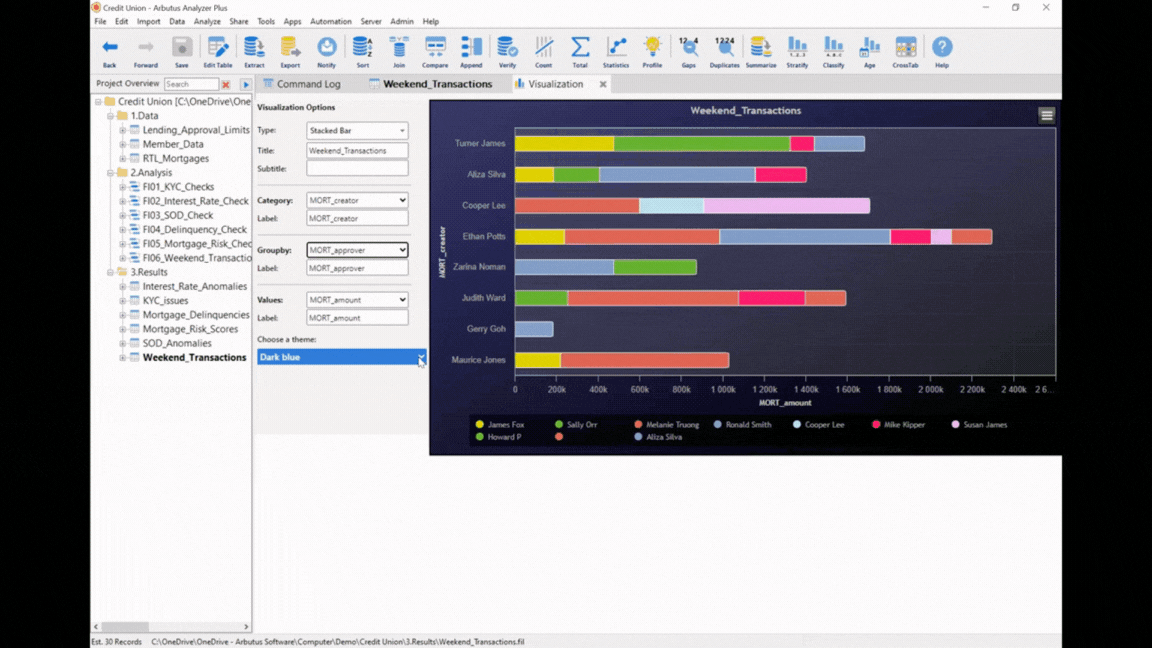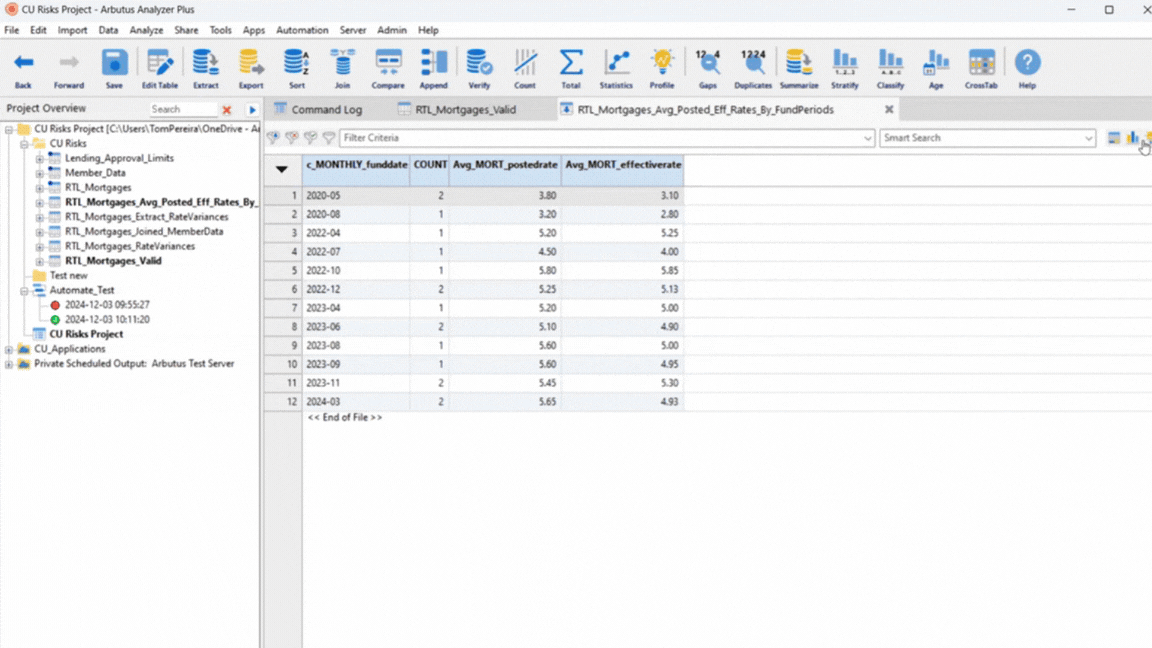Understand the 6 Key Risk Areas that Impact Long-Term Stability
Financial institutions face various strategic risks that can significantly affect their ability to remain stable and sustainable.
Senior management in critical areas such as Internal Audit, Risk & Compliance, Corporate Security, Credit, Operations, and IT must implement effective measures to manage risks in their respective domains. By doing so and regularly testing controls, credit unions can ensure long-term stability and provide reliable services to their members.
Proactive Risk Management with Analytics enables timely interventions, minimizing disruptions and ensuring that the organization remains focused on its core mission: 'Delivering exceptional service to its members'.













